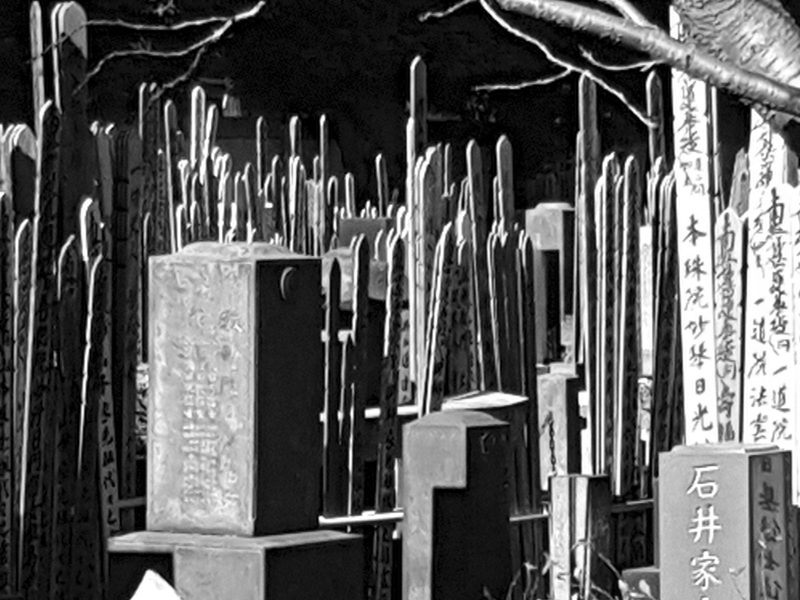My Kind of Town: Yanaka is an urban ecology suffused with a sense of community and history



On hearing I was planning to visit Tokyo, the printmaker Rebecca Salter, who knows the city well and is aware of my architectural tastes from following my blog, suggested I explore Yanaka, a historic neighbourhood north of the National Museum and the Ueno district. I had been to Yanaka once before, but then only to visit Scai the Bathhouse, an avant-garde gallery which represents the New York-based Japanese artist Mariko Mori.
The district has a sense of what life must have been like before the 1923 earthquake and the American bombing raids at the end of the second world war.”
I took the subway to Sendagi Station, and armed only with Google Maps and a walking tour in Monocle’s Tokyo guide, found myself in streets which, particularly by the standards of post-war Tokyo, are surprisingly well-preserved. Full of old, sometimes slightly decayed houses, each with its own individual character, the district has a sense of what life must have been like before the 1923 earthquake and the American bombing raids at the end of the second world war. I wandered happily, nosing my way down alleyways and into small shops, and stopping for a break at the diminutive Yanaka Coffee, before I found myself in Yanaka Ginza, the main street, which has the atmosphere of old Tokyo. One comes to a set of steps known as Yuyake Dandan and then finds the Kyooji Temple – with bullet holes dating from the end of the shogun dictatorship in1868 – and a surrounding cemetery.
I had arranged to have lunch with Masami Shiraishi, director of Scai the Bathhouse, so walked across the big Yanaka cemetery to the area where he has been involved in the preservation of a number of old buildings. They include not just the eighteenth-century bathhouse which contains the gallery, but also the Kayaba Cafe, a small bakery and a beer hall. After lunch, he pointed me in the direction of more small streets, an area stuffed with temples and cemeteries.
Small, independent shops generate and determine the character of a neighbourhood by giving it individuality and making it a pleasure to explore.”
Since returning to London, I have been trying to find out more about Yanaka – not wholly successfully – because I feel it has lessons as to what makes a successful neighbourhood. The first is the need to be sensitive to the historical characteristics of a place. An area acquires character not just from individual buildings, but from long accretion. This doesn’t necessarily arise from historical preservation, which is often too self-conscious in its efforts to save individual buildings. Yanaka has plenty of new buildings, small insertions into the fabric of the neighbourhood, but because of Tokyo’s sky-high land values, they tend to retain the same footprint as the old and do not disrupt the scale of the whole.
The second characteristic is the way in which small, independent shops generate and determine the character of a neighbourhood by giving it individuality and making it a pleasure to explore. Tokyo is notable for its wealth of small, specialist clothes shops which are attentive to fabric and the way clothes are made. Some of this attention to detail, to stitching, is applied to their architecture as well. Chain stores are the death of neighbourhoods.
The third thing that gives Yanaka its strong character is the presence of cemeteries. These not only contribute an awareness that the remains of earlier generations lie beneath the soil, but they also provide green spaces in which to walk, sit and reflect, and so play an essential role in terms of memory, continuity and life in the city.
Yanaka is not a tourist neighbourhood. It doesn’t have any particularly significant individual buildings. It is an urban ecology with a sense of a community and history, which is why it is so precious.














